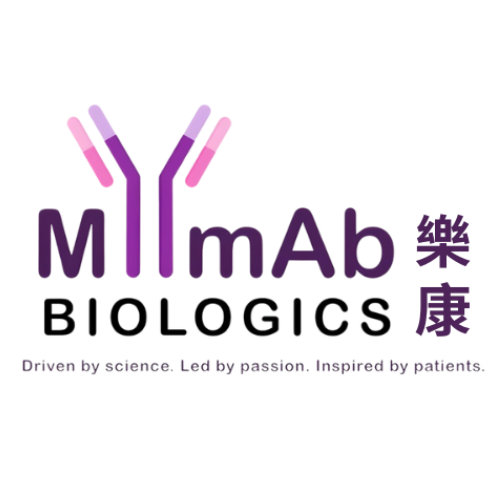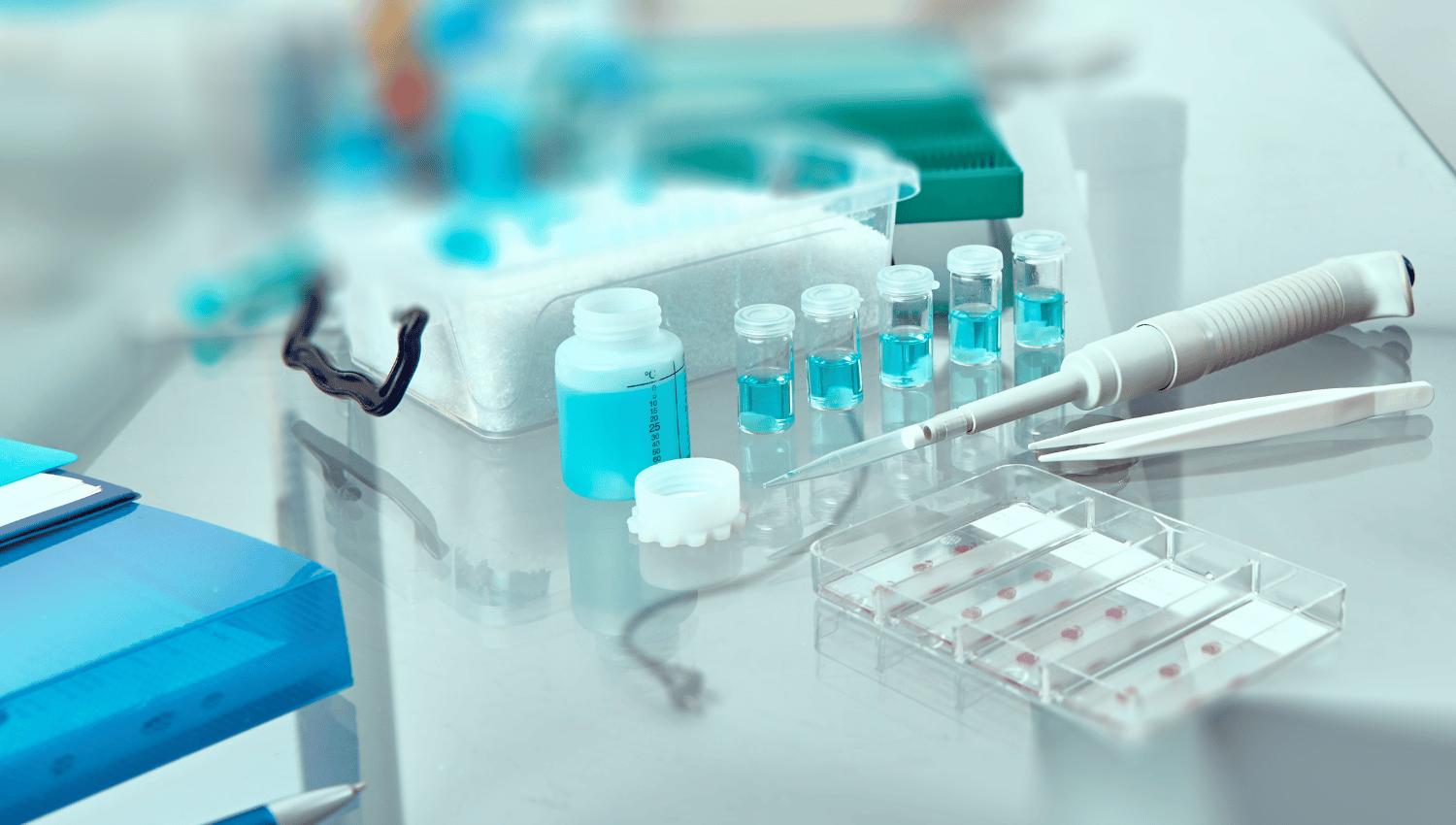What is Tissue Microarray?
Tissue microarray (TMA) is a groundbreaking innovation in the field of pathology, designed to revolutionize how we analyze multiple tissue samples simultaneously. Imagine being able to study a hundred of different tissue samples on a single histologic slide. This high-throughput method allows researchers and clinicians to perform large-scale analyses with unmatched efficiency and precision.
How Tissue Microarrays Work
The Basics of Tissue Microarray Technology
At its core, a tissue microarray involves extracting tiny cylindrical tissue cores from various donor paraffin blocks and re-embedding them into a single recipient block. These arrays can contain up to a hundred of tissue samples, all arranged in a meticulously defined grid. This configuration enables simultaneous analysis of molecular targets at the DNA, mRNA, and protein levels, under identical and standardized conditions.
Creating a tissue microarray is a multi-step process:
- Selection of Donor Blocks: Stored paraffin blocks are chosen based on the area of interest, typically marked by an experienced pathologist.
- Tissue Core Extraction: A specialized instrument, like those from Beecher Instruments, extracts tissue cores from the donor blocks.
- Re-embedding: These cores are meticulously placed into a recipient block at predefined coordinates.
- Sectioning: The recipient block is sectioned using a microtome to produce thin slices for analysis.
Advantages of Tissue Microarray
1. High-Throughput Analysis
One of the most significant advantages of tissue microarray technology is its ability to analyze numerous specimens simultaneously. This high-throughput capability means that researchers can perform thousands of individual assays quickly and efficiently.
2. Cost and Time Efficiency
Traditional methods of tissue analysis are labor-intensive and costly. Tissue microarrays reduce the amount of reagent needed, minimize labor, and significantly cut down the time required for large-scale studies. This efficiency is particularly beneficial when using expensive reagents.
3. Consistency and Reproducibility
By analyzing multiple samples under identical conditions, TMAs ensure experimental uniformity. This consistency is crucial for obtaining reliable and reproducible results, essential for clinical and research applications.
Applications of Tissue Microarray
1. Cancer Research and Biomarker Discovery
Tissue microarrays have been instrumental in cancer research. They allow for the identification and validation of new diagnostic and prognostic markers. Researchers can analyze the expression of genes or proteins across hundreds of cancer samples, providing insights into tumor progression and potential therapeutic targets.
2. Drug Development and Testing
In drug development, TMAs enable the parallel testing of multiple samples, expediting the identification of effective treatments. This method also allows for the assessment of drug efficacy and toxicity across a wide range of tissue types.
3. Personalized Medicine
The ability to analyze molecular targets at the DNA, RNA, and protein levels makes TMAs invaluable for personalized medicine. By profiling an individual’s tumor, clinicians can tailor treatments based on specific genetic and molecular characteristics, leading to more effective and personalized care.
Techniques and Tools Used in Tissue Microarray
1. Tissue Array Machines
Specialized instruments, such as those developed by Beecher Instruments, are used to create tissue microarrays. These machines extract tiny cores from donor blocks and re-embed them into a recipient block with precision.
2. Imaging and Analysis Software
Once the tissue microarray slides are prepared, advanced imaging and analysis software is used to visualize and quantify the molecular targets. These tools facilitate automated data analysis, making the process faster and more accurate.
3. Staining Methods
Various staining techniques, including immunohistochemistry (IHC) and in situ hybridization (ISH), are employed to highlight specific molecular targets on the tissue microarray slides. These methods enable the detection and localization of proteins, DNA, and RNA within the tissue samples.
Tissue Microarray Case Studies and Examples
Breakthroughs in Cancer Research
Numerous studies have demonstrated the power of tissue microarrays in cancer research. For instance, a significant study used TMAs to identify the expression of the EZH2 protein in prostate cancer. The findings revealed that high levels of EZH2 correlated with aggressive disease and poor prognosis, highlighting its potential as a prognostic marker.
Impact on Clinical Practices
Tissue microarrays have also impacted clinical practices by enabling the rapid validation of new biomarkers. This technology allows for the efficient screening of novel markers, facilitating their translation from research to clinical applications.
Challenges and Limitations for Tissue Microarrays
Technical Difficulties
While tissue microarrays offer many advantages, they are not without challenges. The process of constructing and sectioning the arrays requires precision and expertise. Any technical errors can affect the quality and reliability of the results.
Data Interpretation
Interpreting the vast amount of data generated by tissue microarrays can be complex. Researchers must ensure that the data analysis methods are robust and that the findings are accurately validated.
Ethical Considerations
Using human tissue samples raises ethical considerations. Researchers must ensure that all samples are obtained with proper consent and that the studies comply with ethical guidelines.
Future of Tissue Microarray
Innovations and Advancements
The field of tissue microarray technology is continually evolving. New innovations aim to increase the number of samples that can be analyzed on a single slide, enhance imaging techniques, and improve data analysis methods.
Integration with Other Technologies
Future advancements may see the integration of tissue microarrays with other technologies, such as genomics and proteomics. This integration could provide a more comprehensive understanding of disease mechanisms and lead to the discovery of new therapeutic targets.
Conclusion
Tissue microarrays represent a powerful tool for advancing medical research and clinical applications. By enabling the high-throughput analysis of multiple tissue samples under standardized conditions, TMAs have revolutionized the study of molecular targets in diseases such as cancer. As technology continues to evolve, the potential applications of tissue microarrays will only expand, making them an indispensable resource in the quest for better diagnostics and treatments.
At MYmAb Biologics, we provide consented, IRB-approved human tissue microarrays for the advancement of cancer research. For those looking for high-quality human tumor/cancer tissue microarrays, contact our team.

